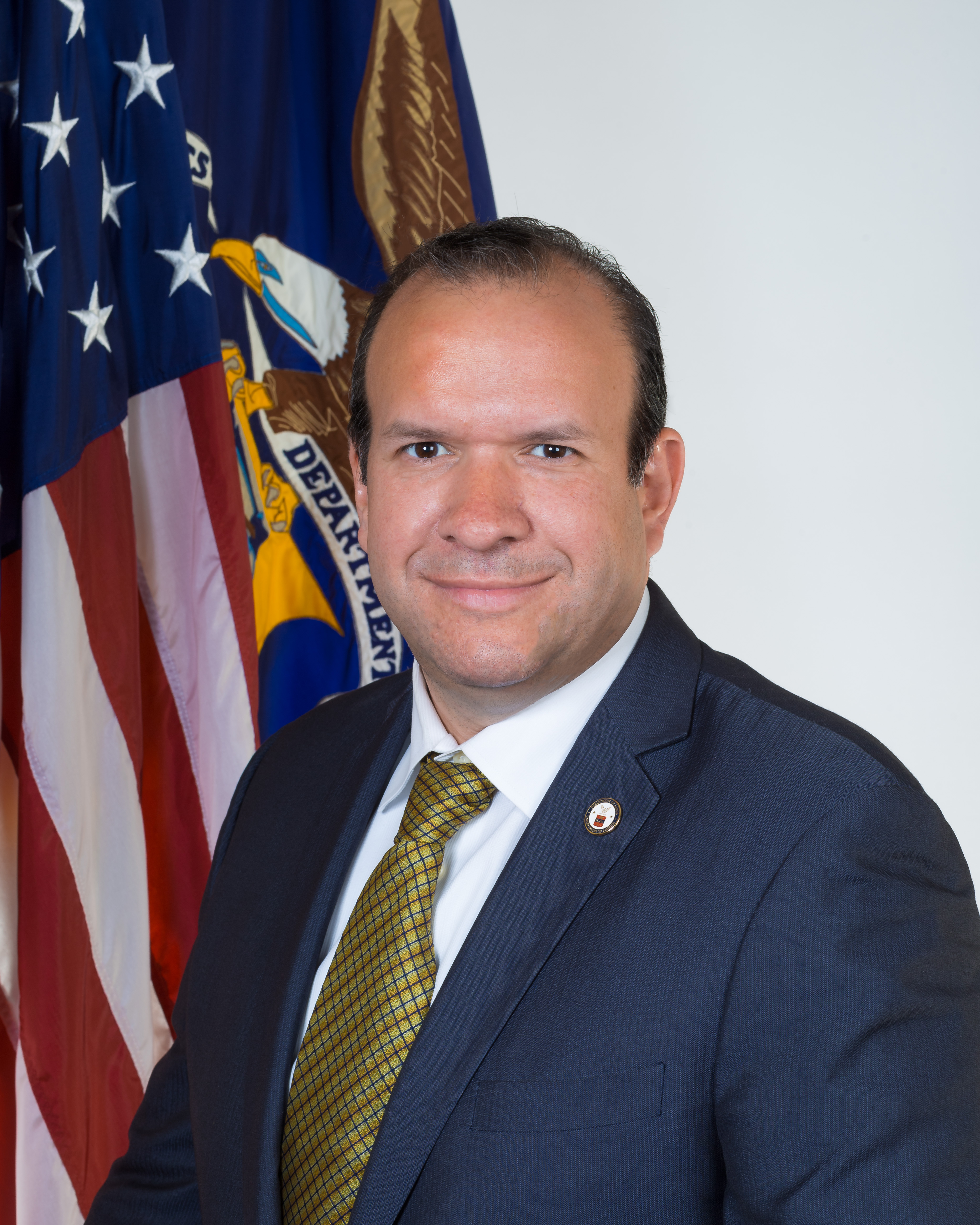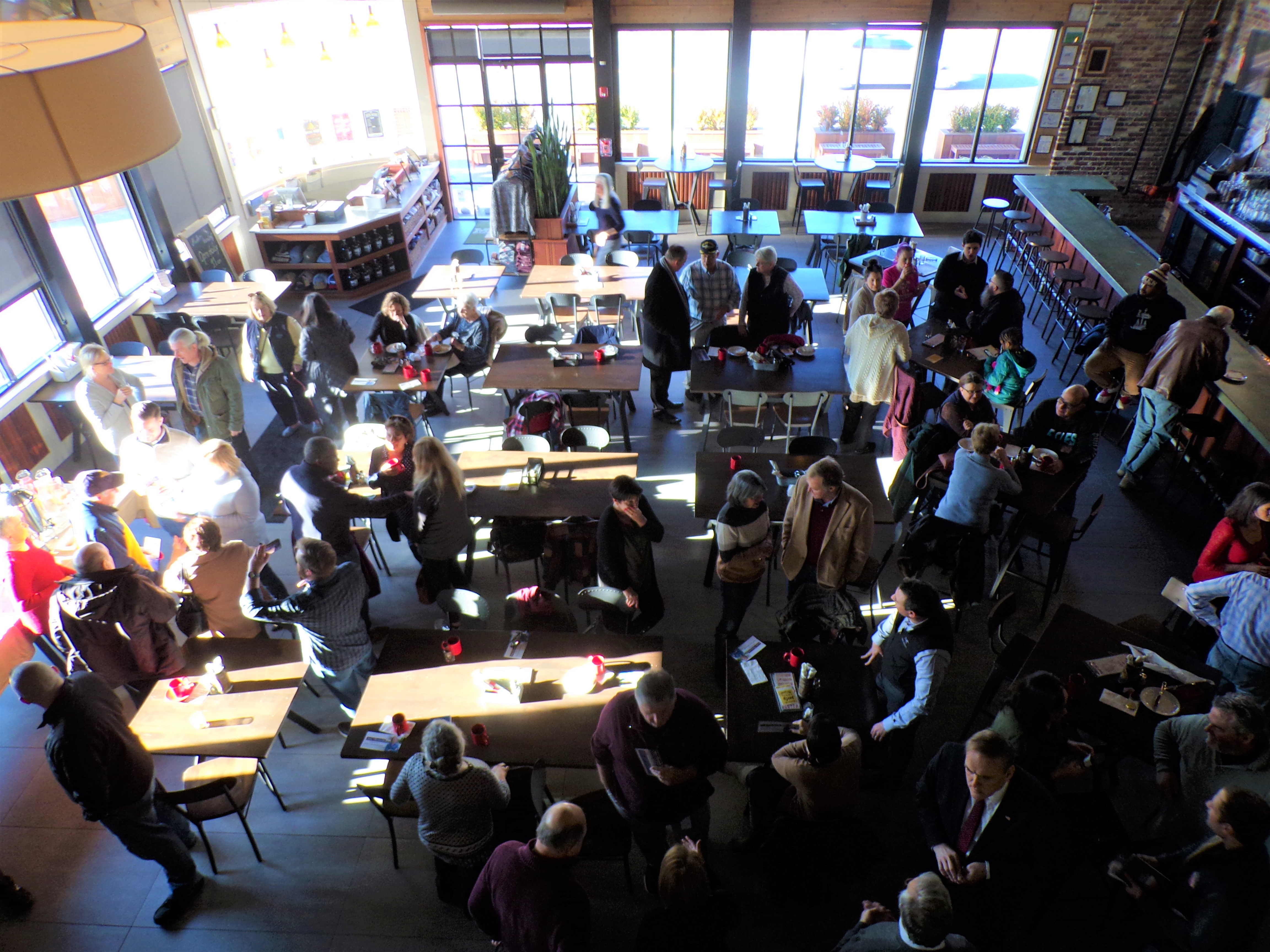Pequannock Township is a township in Morris County, New Jersey, United States. As of the 2010 United States Census, the township’s population was 15,420, reflecting an increase of 1,652 (+11.9%) from the 13,888 counted in the 2000 Census, which had in turn increased by 1,044 (+8.1%) from the 12,844 counted in the 1990 Census.
The name “Pequannock”, as used in the name of the Township and of the Pequannock River, is thought to have been derived from the Lenni Lenape Native American word “Paquettahhnuake”, meaning “cleared land ready or being readied for cultivation”. Pompton has been cited by some sources to mean “a place where they catch soft fish”.
New Jersey Monthly ranked Pequannock Township as the “Best Bang for the Buck” in New Jersey and 9th overall in its 2011 edition of “Best Places to Live” in New Jersey. It was then ranked 14th overall in the 2013 edition of “Best Places to Live”. In the 2015 edition of “Best Places to Live” in New Jersey, Pequannock ranked 4th overall.
The name for the area goes back at least as far as March 1, 1720, when it was referred to as “Poquanick”, a precinct in Hunterdon County. Formed as “Poquanock Township” on March 25, 1740, as the county’s largest township, what is now a 7.1-square-mile (18 km2) bedroom community composed of Pompton Plains in its northern portion and old Pequannock in its southern was once a vast 176-square-mile (460 km2) region of rural farmland settled by the Dutch after its purchase by Arent Schuyler and associates in 1695 and 1696.[32][33] The township was incorporated by the New Jersey Legislature’s Township Act of 1798 as one of New Jersey’s initial group of 104 townships on February 21, 1798.
Over time, several municipalities were split off from the township: Jefferson Township on February 11, 1804; Rockaway Township on April 8, 1844; Boonton Township on April 11, 1867; Montville Township on April 11, 1867; Butler Borough on March 13, 1901; Kinnelon Borough on March 21, 1922; Lincoln Park Borough on April 25, 1922; and Riverdale Borough on April 17, 1923.
During the American Revolutionary War, both Comte de Rochambeau and George Washington’s troops camped on what is now the site of the Pequannock Valley Middle School. While Washington stayed at the Schuyler-Colfax House in nearby Pompton, unproven oral history states that he attended church services in the First Reformed Church located in Pompton Plains, also known as the Pompton Meeting House, which had been constructed in 1771. The Mandeville Inn, located on the site of where the soldiers had camped during the war, was built in 1788 and was once owned by Garret Hobart, later Vice President of the United States. The stone with the engraved date is now located inside the Pequannock Valley Middle School when the Inn was demolished and replaced with the school in 1950.
During the Civil War, Pequannock was a stop on the Underground Railroad. The Giles Mandeville House (also built in 1788), a field and quarry-stone structure located at 515 Newark-Pompton Turnpike, which is believed to have served as a waypoint for many runaway slaves, still stands today, and has been in use as the Manse of the adjacent First Reformed Church since 1953.
According to the United States Census Bureau, the township had a total area of 7.171 square miles (18.575 km2), including 6.748 square miles (17.478 km2) of land and 0.423 square miles (1.096 km2) of water (5.90%).
The Township of Pequannock is located in eastern Morris County, along Route 23, approximately 5 miles (8.0 km) north of the interchange of Route 23 with Interstate 80 and U.S. Route 46. Interstate 287 crosses the northwest corner of the township, with a full interchange just north of the township in the borough of Riverdale. Pequannock Township is located 20 miles (32 km) west of New York City.
Unincorporated communities, localities and place names located partially or completely within the township include Pequannock and Pompton Plains, each of which is served by a separate post office of the United States Postal Service.
As of the 2010 United States Census, there were 15,540 people, 6,471 households, and 3,986 families residing in the township. The population density was 2,302.7 per square mile (889.1/km2). There were 6,794 housing units at an average density of 1,006.7 per square mile (388.7/km2). The racial makeup of the township was 95.76% (14,881) White, 0.48% (75) Black or African American, 0.09% (14) Native American, 1.94% (302) Asian, 0.00% (0) Pacific Islander, 0.89% (138) from other races, and 0.84% (130) from two or more races. Hispanic or Latino of any race were 4.52% (703) of the population.
Source: Wikipedia













